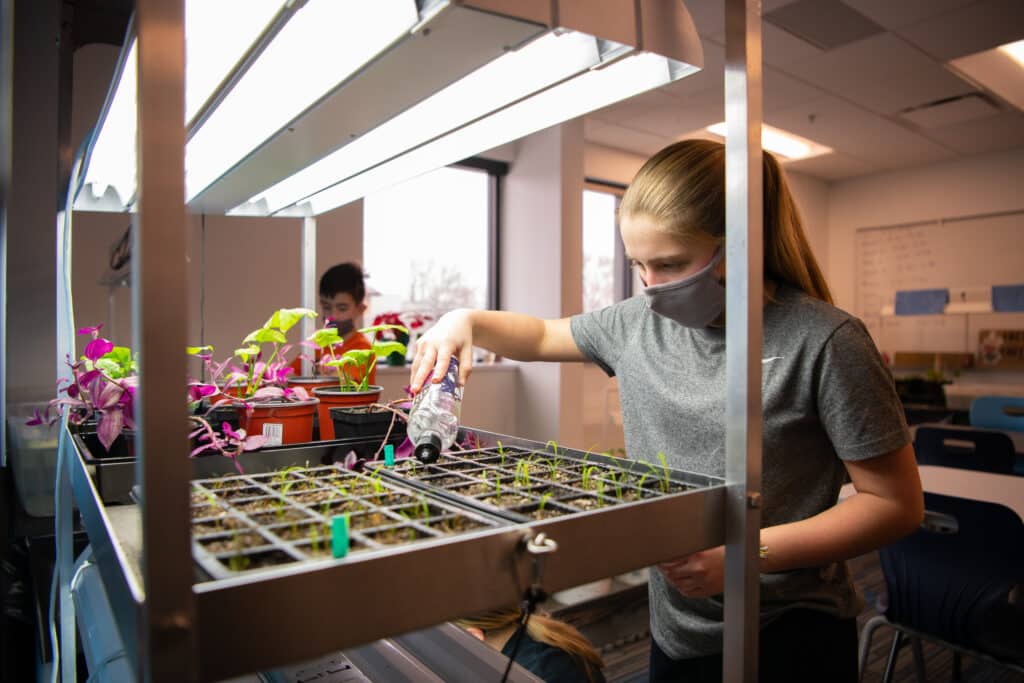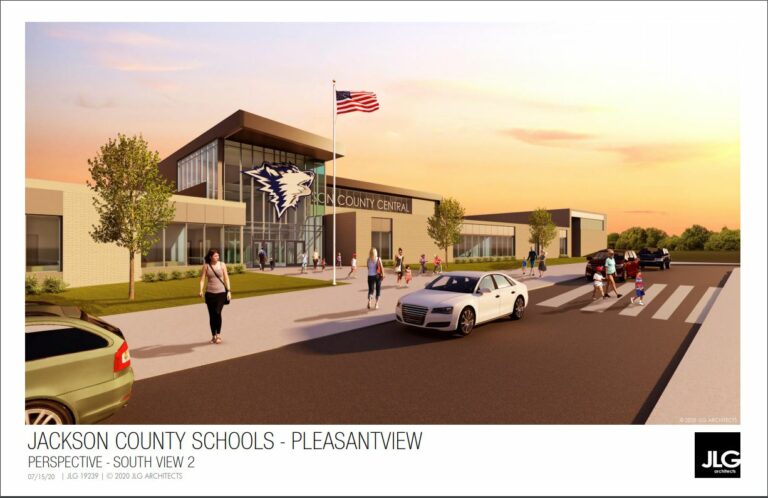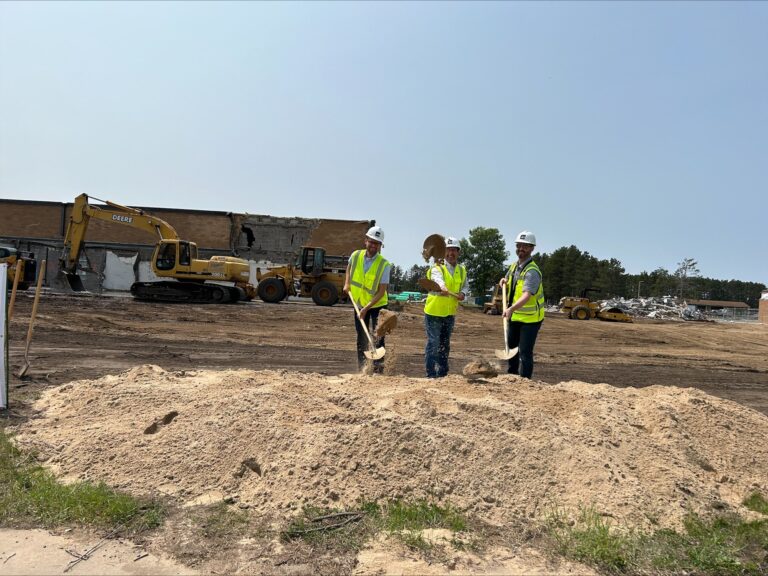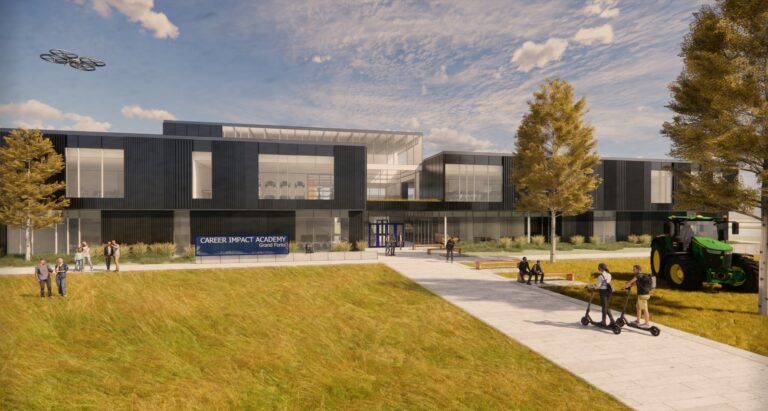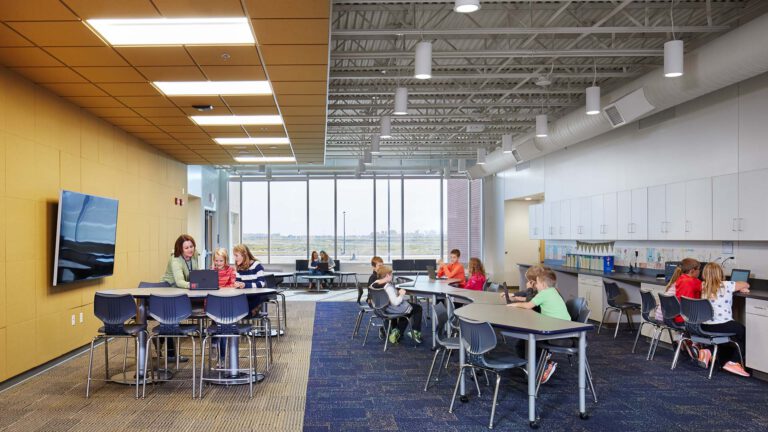Career and Technical Education (CTE) isn’t new – in fact, it’s been around since 1879. So, why is the topic of CTE suddenly dominating K12 schools and conferences across the nation?
The reason – today’s CTE education is not the same as the vocational studies programs that it grew from. Today’s CTE education is challenging what is expected in education by encouraging students to chase their curiosity, providing opportunities for real world application, and engaging with local communities.
Chase your Curiosity
In 1945, knowledge doubled every 25 years. Today, the average human knowledge doubles every 13 months, with the prediction that future knowledge will double every 12 hours. Thanks to this rapid change, today’s students are being asked to imagine a world that looks vastly different than the one we inherited. While every generation has overcome new challenges, the current generation is facing challenges at an expedited rate never experienced before.
With that in mind, we need to ask ourselves, “How do we prepare the next generation for this world?” Often the response to this question will reference the 4 Cs: Communication, Collaboration, Creativity, and Critical Thinking. No one would deny that those skills are valuable tools for navigating our rapidly changing world, however, there is a 5th “C” that would fit in well on this list – Curiosity.
Kids are naturally curious, and somewhere along the way, that curiosity is lost. Curiosity is learned early in life through our experiences during play. Immersive and engaging play can lead us toward undiscovered solutions, and we’re constantly learning even if we don’t realize it. Curious children are drawn to hands-on tasks and creative problem-solving, never questioning what they can or cannot do. Exploring the outdoors, building forts, or playing games all ask us to chase curiosity to create something, and are in essence, our first exposure to CTE. This mindset is exactly how the unbridled solutions our future workforce needs are developed.
Districts recognize the benefits of curiosity and are leaning into learning through play at younger levels. They are creating discovery labs with Lego walls and robotics courses that support exposure and exploration of CTE concepts at these early ages. These are places where students are encouraged to try, fail, and try again and where a child’s curiosity is sparked. These curiosity centers create CTE pathways for young learners – giving them hands-on experiences that set them up for a more strategic path in high school and post-graduation.
Reflecting Real Life
“What do you want to be when you grow up?” Many adults still have a tough time answering this question, and young people often answer with the careers they readily see around them – a teacher, policeman, firefighter, or a YouTube sensation. With the fast pace of technology, we don’t know what careers will exist in 10 years, but we do know that students today are looking for experiences in school that will prepare them for however they answer that question. They want to know that what they are doing in the classroom will be relevant to the work they will be doing post-graduation.
This is where CTE education becomes a game changer because the answer to that question of “where am I going to use this in real life?” is found within the CTE curriculum. In CTE, a construction class is where we start to see the application of geometry, we can see how a science class can support an agriculture curriculum, or how the English essay helps students write a business plan.
Today, everything is connected, and students want to see how the concepts they learn in one class relate to another. CTE classes have busted down the departmental silos we’ve seen in education for decades and shown everyone that this is where you use the skills taught in traditional classes. These new connections are happening in spaces that look like workplaces where the learned skills are applied. We’re seeing CNA labs that look like clinic and hospital settings and business labs that look like Wall Street. CTE spaces reflect real-life environments, be it a commercial kitchen lab in Alexandria, MN, or an industrial shop in Watford City, ND, and it’s igniting student interest.
Community & Industry Partnerships
The renewed interest in Career Tech Education is possible because the conversation extends beyond the school walls and into the community. In many communities the school is the epicenter of everything, including a sustainable workforce. Skilled workforce shortages heighten the challenge to retain the next generation to support regional industries and a thriving community. Many industries are screaming into the void for more electricians, carpenters, machinists, and healthcare professionals. The challenge is where to find them.
We’ve all heard the phrase, “It takes a village to raise a child.” This often-quoted proverb encourages an entire community to provide for and interact positively with children so those children can grow in a safe and healthy environment. This is essentially the mindset that Career Tech Education is employing by inviting local businesses into the classroom, providing answers and solutions for the talent pipeline that so many communities are currently facing.
The best place to start finding your future workforce is in the classroom. Communities want to invest in the next generation, and businesses are happy to form partnerships with schools to bring their expertise into the classroom. Through CTE, businesses can communicate in-demand positions, help shape curriculum, and even provide the school with specific machinery, resources, and equipment to help students succeed. This is a chance for students to learn the right skills on the right equipment – job skills that can take them directly from graduation to a lucrative career they may not have known existed in their own backyard.
This collaboration builds a network of connections between city leadership, business leaders, and the classroom – enriching student citizenship and community engagement in the process. Young people don’t have to be passive beneficiaries of strong communities; when the community becomes advocates for students, we see young people become advocates for the future of their community.
Change In Action
The school district in Park Rapids, MN, recognized the impact of CTE on their students’ futures and used that to help shape their recent building project and how they would deliver education moving forward. Most of the students at Park Rapids Area High School go into two-year trade programs or directly into the workforce after graduation. District leadership knew that having robust and forward-thinking CTE spaces would be critical to supporting student interests and needs post-graduation.
Recognizing the opportunity, the district challenged JLG to flip the traditional way core and encore classes supported one another – with core classes taking a supporting role. They understood that core classes and elective classes shouldn’t be separated by silos, and that modern education demands collaboration between subjects.
In response, JLG developed a “main street” with encore classes along a spine and direct visuals into spaces like the graphics lab or a science lab, making these classes visible to more students. Curious students passing by can now see what’s happening inside the classroom and ask, “How can I do that?”.
CTE spaces are no longer down the dark hallway at the back of the school, they are centralized and proud, encouraging engagement and celebrating real-life workforce learning driven by community needs. By placing CTE classes that support one another within proximity to each other and closer to traditional core classes, it’s easier for classes to collaborate and build relationships that reflect the post-graduation world. This reimagined space is helping students make the connection between core classes, CTE classes, and post-graduation careers.
Nurturing the Next Generation
Today’s CTE students are future industry leaders, future advocates, and future community members who will help communities thrive. Teachers play an important role in nurturing this next generation of local leaders. They see a spark of curiosity, nurture it, and encourage students to look further into fields filled with the potential to make an impact. This is even more critical for students who aren’t traditionally represented in CTE fields.
Exposure to role models in diverse fields creates new opportunities for how students respond to the question, ‘What do you want to be when you grow up?’ because they can now see themselves in more varied career paths.
Even so, with the rate that the world is changing, and the number of careers out there expanding faster than we can imagine, ‘What do you want to be when you grow up?’ is a question that becomes quickly outdated. It doesn’t leave room for new ideas, new ways of doing things, or new careers because it asks us to put a name to something that doesn’t exist yet.
So, what should we be asking then?
Try asking – ‘What problem do you want to solve?’, ‘How do you want to solve it?’, ‘How do you use your gifts and talents to do that?’, or ‘What do you need to know to solve that problem?’
These questions are much more open to answers that capture the possibilities of the future that CTE is helping shape. They will help inspire the next generation, build excitement, grow partnerships, and create opportunities that will keep your community thriving. Whether students ultimately choose to go into CTE fields or not after high school, their experience in CTE shows them a roadmap for chasing their curiosity to become lifelong learners.
